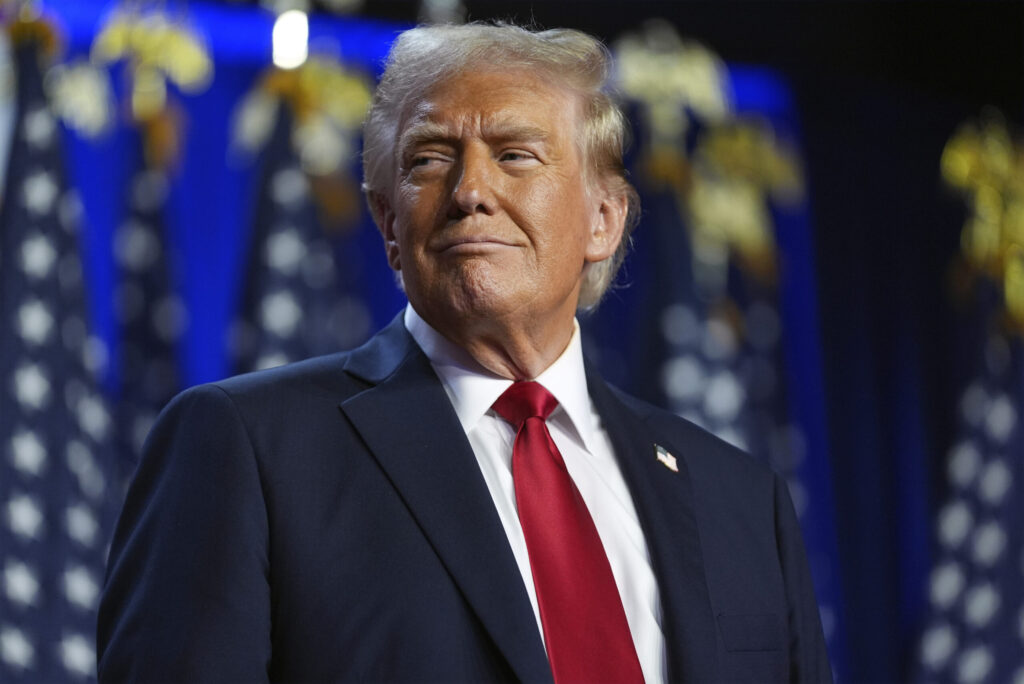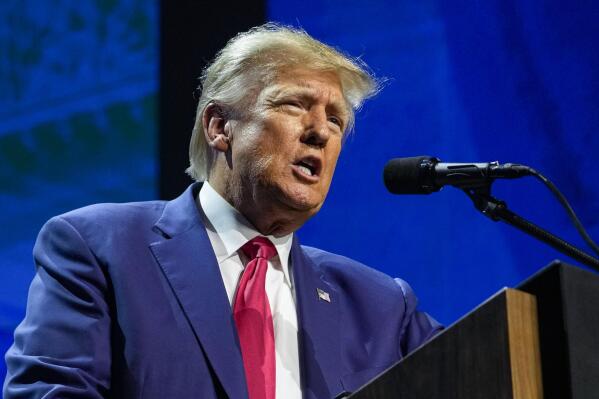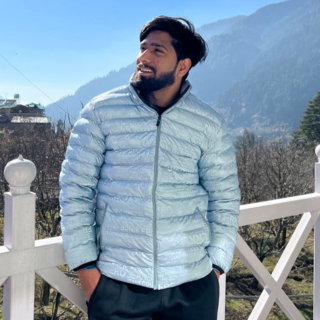Former President Donald Trump once again clashed with the press this week during a tense exchange aboard Air Force One. In response to a reporter’s question regarding a sensitive issue, Trump abruptly cut off the inquiry, stating, “Don’t bring that up again. Your editor’s probably— that’s such a wasted story.” The moment, caught on camera and widely shared online, has reignited discussion over Trump’s contentious relationship with journalists and how he handles accountability.
A Pattern of Media Confrontations
The incident unfolded during an informal press gaggle on the presidential aircraft, a setting that has often been the stage for unscripted and candid moments. Though the specific topic of the reporter’s question wasn’t officially disclosed, it’s widely speculated that it was linked to recent reports on internal White House communications and national security handling.
The flare-up mirrors many similar confrontations from Trump’s presidency and post-presidency media appearances. From abrupt dismissals to combative retorts, Trump has consistently challenged reporters—especially when questions touch on controversies or issues he deems “unimportant” or “fake news.”
Notably, during a joint press conference with Israeli Prime Minister Benjamin Netanyahu, Trump previously dismissed an Afghan journalist by saying, “I can’t understand a word you’re saying,” blaming her accent. The comment, which many saw as dismissive and inappropriate, sparked criticism across international media outlets and social media platforms. (News.com.au)
The Reporter’s Question Remains Unknown—But Speculation Grows

While the exact nature of the question remains unconfirmed, speculation centers on the recent controversy involving Secretary of Defense Pete Hegseth, who reportedly added journalist Jeffrey Goldberg to a Signal group chat where classified or sensitive U.S. military plans about airstrikes in Yemen were being discussed. The Atlantic reported that Goldberg, editor-in-chief of the publication, had inadvertently been included in the group.
When asked about the report, Trump reportedly deflected, telling reporters he was unaware of the situation. However, the recent angry outburst has been interpreted as another sign that the topic may be more damaging than initially assumed.
The National Security Council has since acknowledged the authenticity of the Signal chat incident and is conducting a review of how the mistake occurred. While no formal charges or disciplinary actions have been announced, government watchdogs have called for full transparency and a review of communication security protocols. You can find official NSC security policy guidance via the National Security Council’s website.
Critics Respond: “Another Attack on Press Freedom”
Trump’s sharp response was quickly criticized by press freedom advocates and political observers. Many interpreted the outburst as an attempt to intimidate or silence journalists pursuing uncomfortable truths. The Committee to Protect Journalists (CPJ) has long documented instances where Trump’s rhetoric has contributed to a hostile environment for reporters, particularly those covering politics and national security.
According to CPJ’s 2024 Global Press Freedom Report, threats to journalists in democratic countries, including the United States, have increased in frequency over the past five years, citing incidents of harassment, verbal attacks, and restricted access to information.
In response to the latest episode, a spokesperson for the White House Correspondents’ Association (WHCA) issued a brief statement urging respect for the press: “Journalists must be free to ask questions that hold our leaders accountable without fear of reprisal or dismissal.”
Trump’s Relationship with the Media: A Legacy of Division
Since first launching his political campaign in 2015, Trump has often positioned the media as an adversary. During his presidency, he frequently used the term “fake news” to undermine unfavorable reporting and labeled major news outlets as “the enemy of the people.” These tactics, while popular among segments of his base, have been criticized by scholars and media organizations as dangerous to democratic norms.
In contrast, press secretaries and aides in previous administrations typically maintained more structured and formal communication with the media, even during periods of heightened scrutiny. Trump’s unfiltered approach, both on social media and in public forums, marked a shift in how American leaders interact with the press.
Even after leaving office, Trump has continued to dominate media cycles with his combative style, especially amid ongoing investigations and legal cases involving classified documents and election-related charges. These developments are being tracked by the Department of Justice and have sparked debate over the extent of executive accountability.
Looking Ahead

As Trump continues his campaign for the 2024 presidential election, interactions like these are expected to remain a defining feature of his public appearances. Whether this will hurt or bolster his political standing remains to be seen, but one thing is clear: his relationship with the press remains as fraught as ever.
This latest incident is a reminder of the critical role of journalism in democratic society—to ask difficult questions, seek transparency, and inform the public, even when met with resistance from those in power.

Vikas is a seasoned finance writer with a keen eye for unraveling complex global financial systems. From government benefits to energy rebates and recruitment trends, he empowers readers with actionable insights and clarity. When he’s not crafting impactful articles, you can find him sharing her expertise on Social Media. You can connect with him via email at [email protected].









